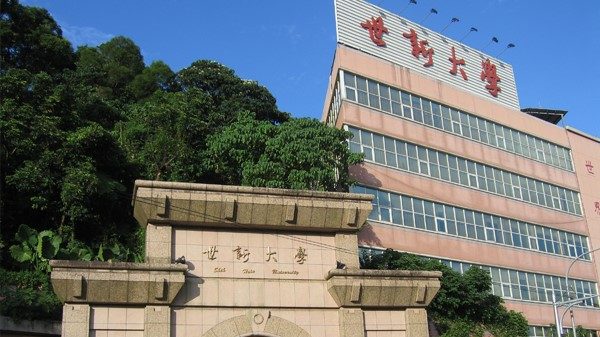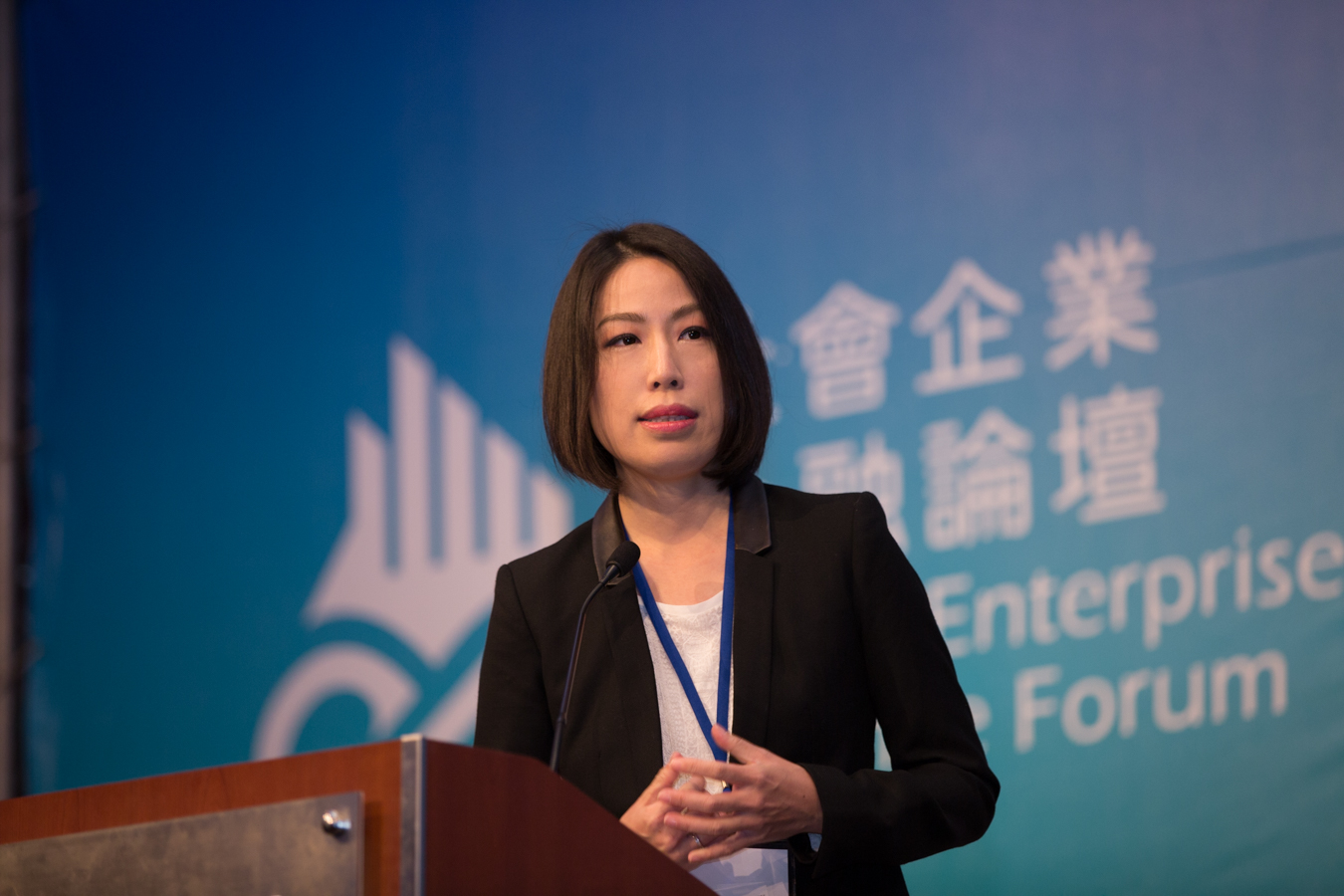By Sieh Bing Xian(謝秉憲), Chen Ching(陳靜), Chen Jou Chien(陳柔杄), Chan Hui Ming(詹蕙銘)
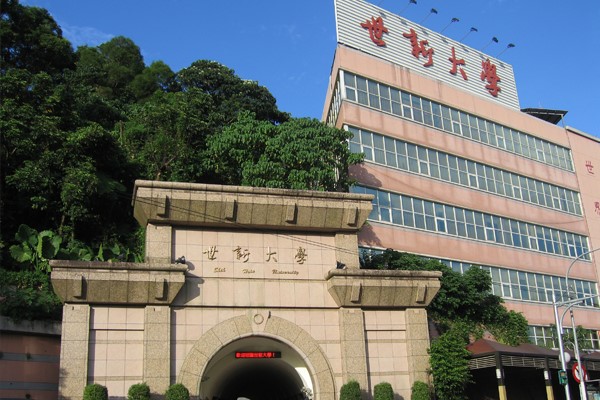
As higher education in Taiwan continues to rapidly expand, Shih Hsin University has worked hard to discover new ways to maintain a competitive teaching quality. After considerable discussion, the university board decided to introduce a student-oriented system of teaching evaluation in the form of a survey, beginning in 2006.
The evaluation survey has played an essential role in determining faculty rank promotion, the approval of research assistant applications, and conditions for staff sabbatical. However, it has also elicited criticism. Some educators insist that students are not qualified to judge faculty teaching quality as they lack professional judgement and experience in teaching. Despite this controversy among teachers and students, Shih Hsin remains hopeful that this new method integrating student feedback will provide useful insights into how to improve the quality of teaching.
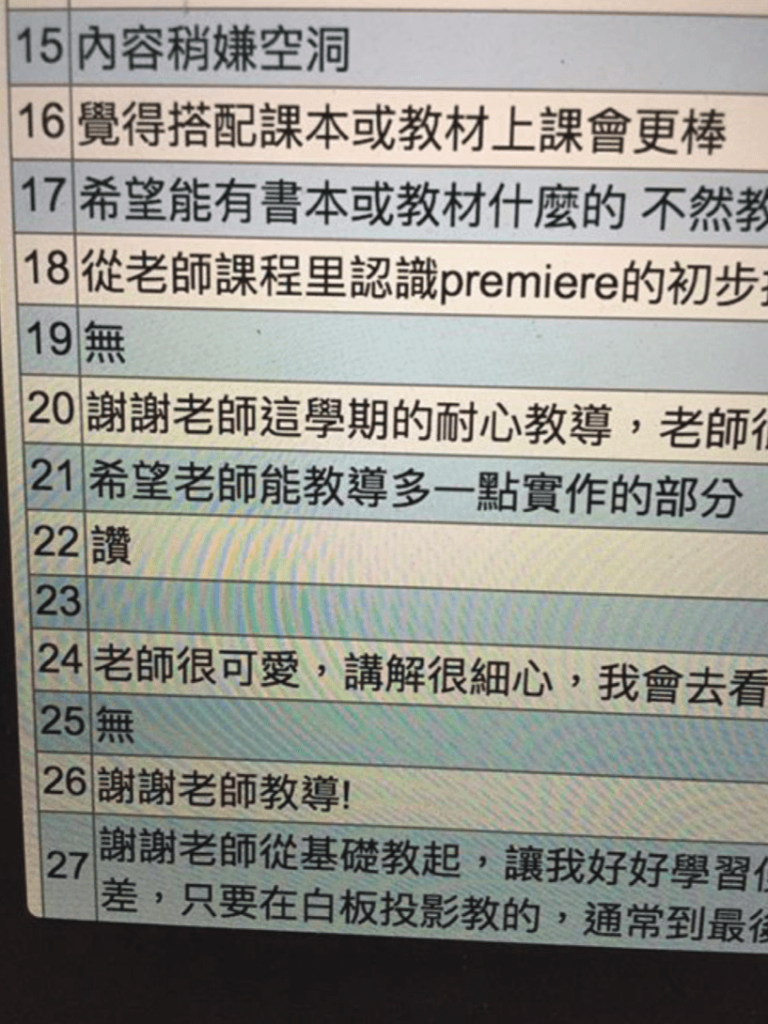
Ms. Shu-Man Chen, Director of Undergraduate Academic Affairs Division at Shih Hsin University, explained how the student-led teaching evaluation survey aimed to improve Shih Hsin’s learning environment. “The evaluation system enhances the teaching quality, and also create a two-way communication between students and teachers,” said Chen.
After receiving the completed surveys, the school department analyzes each comment in order to determine the common points. The survey is designed to allow students to remain anonymous, ensuring teachers do not know which student wrote each comment. “Teachers will know the details of the evaluation only after they uploaded the final exam result,” said Chen. The school department will meet with the teachers who received poor feedback and discuss ways to improve their teaching.
Leo Lin, a senior at Shih Hsin University, said students value their ability to provide feedback on the standard of their education. “Students have the right to judge teachers,” he said.
During his time at Shih Hsin, Lin had a teaching assistant who had a consistently poor attitude and treated the students unfairly. The students in the class wrote about this in the evaluation survey. This feedback had a distinct impact and by the end of the semester, Lin and his classmates could see notable improvements. “The teaching assistant actually improved his attitude, and began to care more about the students’ feeling,” he said. Although the evaluation system still has room for improvement, Lin believes it is an effective way for students to express their opinions and enact change.
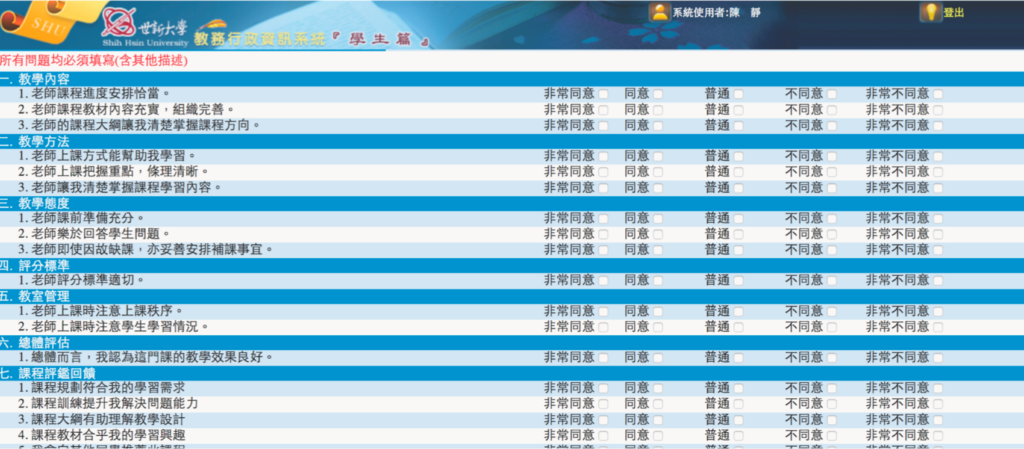
Zhi-Hern Qiu, a graduate from Shih Hsin University, also believes the survey has value. However, he said that he was aware that some teachers didn’t think students were qualified enough to judge their performance, a view some students also shared. “Being mature is very important – If every student and teacher can communicate with each other in a more rational way, then it will prevent disputes and unfairness,” Qiu said. “Students being able to make comments is perhaps one of the best platforms to ensure healthy communications.”
Not all students at Shih Hsin are satisfied with the current student evaluation system. Some argue that their ability to auto-fill each comment section through various smartphone applications decreases the overall quality and impact of the feedback. As it is compulsory for students to fill out the survey for each class before they can receive their exam results, some may not treat the process seriously in their rush to discover their final grades.
Yee-Ting Ling, a senior at Shih Hsin University said, “When the students realized that they don’t have a choice whether or not to fill out the survey, it defeats the purpose of the survey.”
Zhi-Xin Lim, a junior at Shih Hsin shared a similar view. He explained how after discussing their frustration online, he and several other students at Shih Hsin discovered a way to fill up every question on the survey with the same answer. “We are forced to fill up the form, so we found a way to randomly give comments,” he said. Due to a lack of management, the original intention of the system has not been achieved.
The standard of the evaluation has also been called into question. “Many of us are not very satisfied with the way the questionnaires is designed,” said Ling. “By giving simple grades from 1-5, students cannot fully express their satisfaction or displeasure with a specific teacher.”
She felt that the school department hadn’t put enough effort into the quality of the survey. “Some teachers have strict teaching methods and are hated by the lazier students as a result,” she said. “Due to a lack of management, I don’t believe the questionnaires can sort out these unfair comments.”
If these issues are not solved, teachers can receive very little benefits from the survey.
After taking into consideration students’ feedback regarding the survey, the Undergraduate Academic Affairs Division at Shih Hsin has readdressed several details on the questionnaires. “We minimize the questions by integrating them,” Chen explained. “In addition, we have held frequent meetings to discuss how to effectively improve the teaching evaluation survey. Eventually, we decided to add on a new feature that will make the communication more effective. This feature requires teachers to respond to the students’ comments, enhancing the two-way communication.”
As the representative of Shih Hsin University, Chen hopes that students can work together with the school department. She believes that the teaching evaluation system will improve in the future. After all, teachers and students aren’t enemies, but allies working to make a brighter future.

